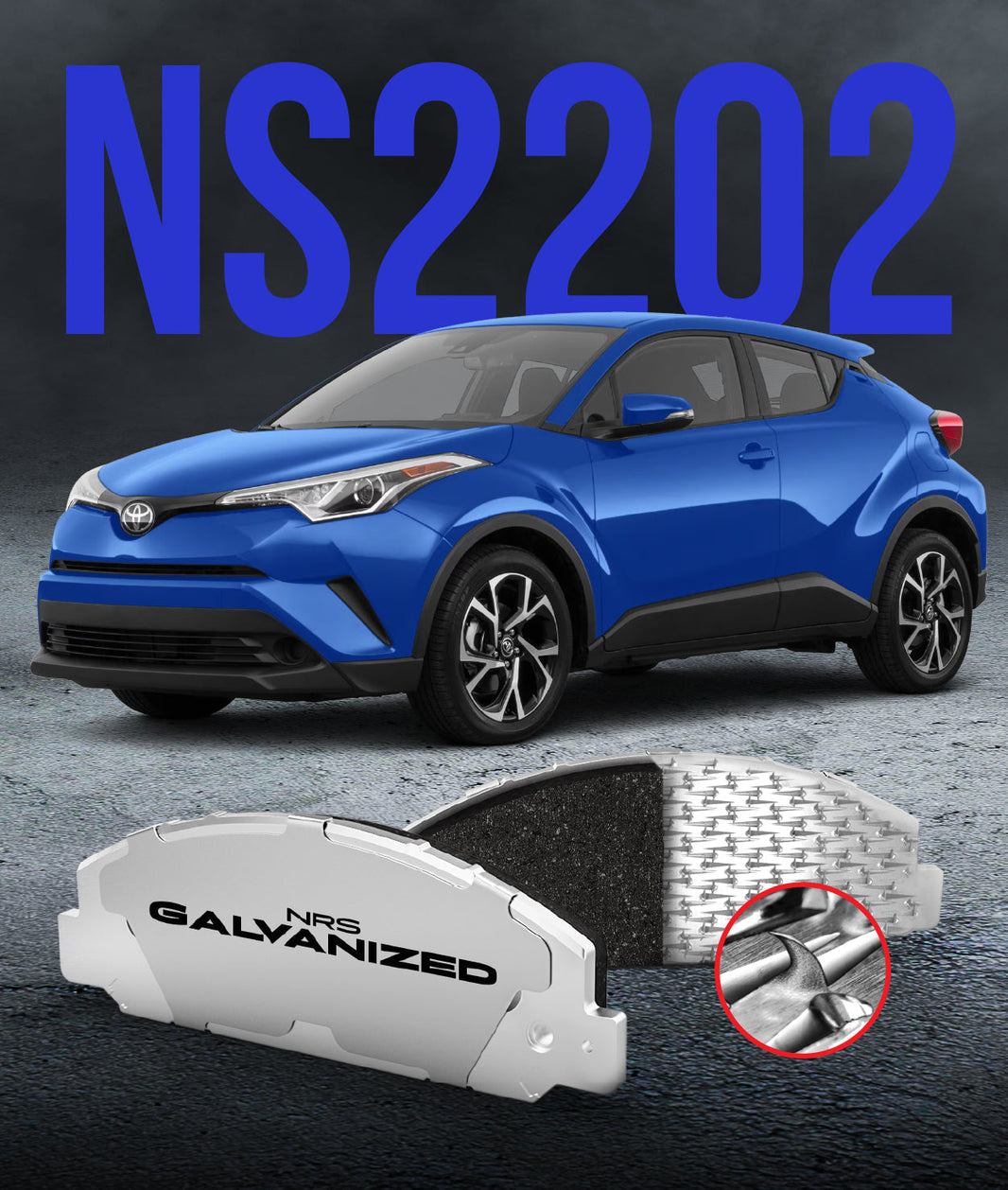 You’ve serviced your slide pins, your calipers are working perfectly, and there’s no sign of mechanical misalignment. Yet, when you inspect your brakes, you still see inconsistent, premature wear. What’s going on? It’s time to look at the brake pad itself.
You’ve serviced your slide pins, your calipers are working perfectly, and there’s no sign of mechanical misalignment. Yet, when you inspect your brakes, you still see inconsistent, premature wear. What’s going on? It’s time to look at the brake pad itself.
When diagnosing uneven wear, we often focus on the mechanical systems around the pad. But can the quality of a brake pad alone be the root cause of the problem, even if the rest of the system is flawless?
The answer is an emphatic yes. The difference between a budget brake pad and a premium one isn't just marketing; it’s a tangible gap in material science, manufacturing precision, and safety technology that has a direct impact on how evenly—and how long—your brakes last.
How Low-Quality Pads Create Their Own Problems
Choosing a budget brake pad can feel like a smart way to save money, but poor manufacturing can introduce flaws that actively cause uneven wear.
-
Inconsistent Friction Material: A brake pad’s friction material is a complex recipe of 10-20 different ingredients. In low-cost manufacturing, these materials can be blended unevenly, creating "hot spots" and sections with varying density. Softer areas will grind away much faster than harder areas, leading to an uneven, pitted surface on the pad itself.
-
Imprecise Backing Plates: Every brake pad consists of friction material bonded to a rigid steel backing plate. This plate must be perfectly flat to sit flush within the caliper bracket. Budget pads can suffer from poor quality control, resulting in backing plates that are slightly warped or stamped to inconsistent dimensions. A non-flat plate will press against the rotor at an angle, causing tapered wear just as a misaligned caliper would.
-
Adhesive and Backing Plate Failure: This is the most dangerous failure mode. Most conventional pads rely solely on adhesive to bond the friction material to the backing plate.
-
Delamination: Under the extreme heat of repeated braking, this simple glue can fail, causing the friction puck to lift away or completely separate from the steel plate.
-
Rust Jacking: The backing plates on cheap pads are often just painted steel. Once moisture gets under the paint, the plate begins to rust. As the rust expands, it exerts incredible force, pushing the friction material off the plate. This is known as rust jacking.
When either of these happens, the pad's contact with the rotor becomes erratic and unstable, leading to severe wear and a critical loss of braking power.
The Hallmarks of a High-Quality Brake Pad
Premium brake pads justify their cost by eliminating the flaws inherent in budget manufacturing. They provide consistent, reliable performance from the first stop to the last.
-
Advanced Friction Formulas: Reputable manufacturers invest heavily in research and development to create friction compounds that are not only powerful but also quiet, low-dust, and exceptionally resistant to heat fade. Most importantly, their advanced, computer-controlled mixing processes ensure every pad has a completely uniform density for smooth, predictable wear.
-
Precision Engineering: High-quality pads are built to exact OEM (Original Equipment Manufacturer) specifications. Their backing plates are precisely stamped, ground, and tested to guarantee a perfectly flat surface and a flawless fit within the caliper.
-
Superior Construction and Retention: The best brake pads on the market are not held together by glue alone. They feature advanced technology to solve the fundamental problem of keeping the friction material attached to the backing plate.
-
For example, NRS Brakes utilizes galvanized (zinc-plated) steel backing plates that will not rust and cause rust jacking. Critically, these pads feature a patented mechanical attachment with hundreds of sharp steel hooks embedded into the backing plate. This NRS (NUCAP Retention System) creates an unbreakable mechanical bond, making delamination physically impossible. This technology ensures the pad remains fully intact and wears evenly for its entire service life, even under the most extreme conditions.
-
Conclusion: An Investment in Safety and Performance
The choice of brake pad is not a place to compromise. The price difference between a budget pad and a premium one reflects a significant gap in engineering, materials, and safety technology. While a cheaper pad might save you money at the checkout counter, it can cost you far more in the long run through premature and uneven wear, damage to your rotors, and—most importantly—an unacceptable compromise in safety.
Investing in a high-quality, well-constructed brake pad means you are investing in consistent stopping power, longer life, and the peace of mind that comes from knowing your brakes will perform as expected, every single time.
While pad quality is a crucial factor, it's only one part of the equation. Ensure your entire system is healthy by reading our complete guide on uneven wear on brake pads.




